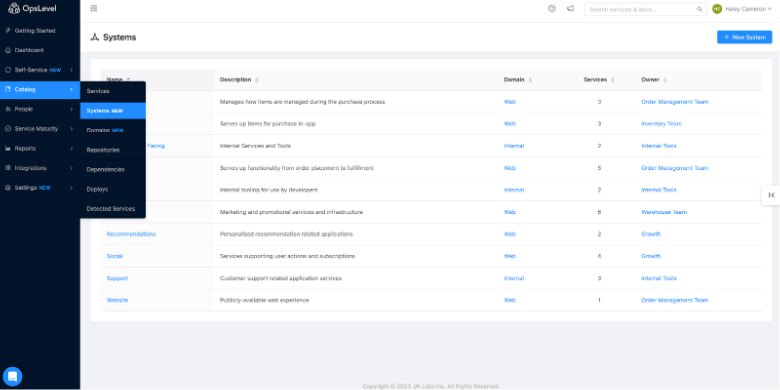Internal Developer Platforms (IDPs) are on the cutting edge of contemporary software development, changing the way organisations simplify their operations and empower their developers. They are comprehensive and self-service options that have been developed as a solution to the challenges posed by traditional DevOps methods.
With the development of DevOps, which offers speedier delivery and collaboration, but also increased cognitive load and complexity for developers. IDPs tackle these issues by introducing a new model to alleviate cognitive strain by providing unifying interfaces and automating workflows.
This article provides a comprehensive review of the internal developer Platform by shedding light on the core components of these platforms, their use by developers and platform teams, crucial considerations, and their vital role in maximizing software development within modern organizational structures.
Change From DevOps to IDPs
DevOps was an innovative method that sought to integrate operations and development, encouraging collaboration and accelerating the speed of delivery of software. However, despite its benefits, DevOps brought complexities for developers, as it required various tools and a higher cognitive burden.
IDPs were developed to address the challenges they face by introducing an entirely new abstraction layer. They drastically reduce cognitive burden by offering an integrated interface and automated workflows that bridge the gap left by the traditional DevOps methods.
IDP Utilization by Teams and Developers
IDPs are maintained and managed predominantly by the platform teams, focusing on the need for standardization, infrastructure provisioning, along workflow efficiency. They use the IDP’s capabilities to create pre-configured templates that improve the development pipeline.
On the other hand, developers of applications benefit from these pre-configured templates, making use of them for autonomous deployment tests, rollback, and testing processes to greatly increase their autonomy and productivity.
Core Components of Internal Developer Platforms
Application Configuration Management
Configuration management for applications provides a streamlined management of files for configuration, which allows versions and distinctions based on environment, as well as self-service for developers.
Infrastructure Orchestration
Infrastructure orchestration streamlines the management of infrastructure and is integrated with CI pipelines, and coordinates the hardware infrastructure to facilitate continuous deployment and delivery.
Environment Management
Environment management lets developers build fully provisioned environments upon demand and is a term used to describe an environment as a service ( EaaS), which allows for rapid testing and replicating existing environments.
Deployment Management
Deployment management provides developers with an overview of all the information needed for debugging and enables automated deployment to speed up deployment.
Role-Based Access Control (RBAC)
Simplifying and unifying RBAC management gives developers an efficient and self-sufficient method to use RBAC while respecting security guidelines.
IDP Tooling and Other Considerations
IDPs based on the core DevOps tools use platform orchestrators and service catalogs. Service catalogs serve as central storage facilities, streamlining resource access platforms, orchestrators manage infrastructure management, making sure that it is managed smoothly.
When looking at an IDP companies should take into account factors like user experience the automation capabilities, ability to adapt to demands of the present and future and efficiency in cost through optimization of resources and rapid provisioning.
Summary
IDPs are a key element in improving the effectiveness and efficiency of the modern software development. Their capability to simplify processes and increase developer productivity and cut costs makes IDPs indispensable in the constantly evolving software industry.
Companies that embrace IDPs have an advantage through simplifying their process of development. As the digital revolution progresses, IDPs are not just an option, but they are essential for businesses that are striving to achieve growth and efficiency throughout their software development lifecycle.


